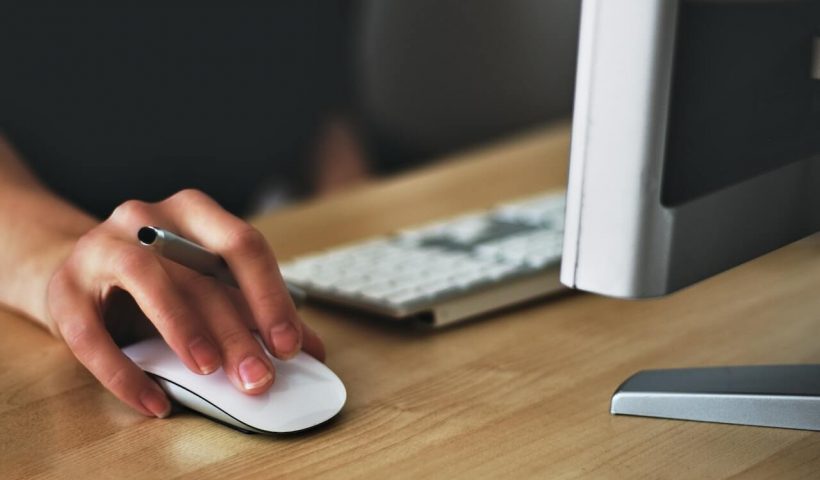How to Prepare for Making Tax Digital for Income Tax (ITSA)

Big news for self-employed people! From the 6th of April 2026 (previously planned from 2024), Making Tax Digital for Income Tax (called also Making Tax Digital for ITSA) will be the new way of reporting self-employment income to HMRC. Self-employed people will be required to use software to send more frequent updates and provide the information HMRC needs quicker than you can with the current tax system for self-employed.
We’re Joanna Bookkeeping, an Oxford-based professional accountants and we provide accounting services for self-employed people.
It’s our mission to help your business comply with all of its tax-related obligations such as Making Tax Digital for ITSA, and so much more!
If you’re not based in the Oxford area, no problem! We’re fully digital, and offer accounting and bookkeeping services to businesses all over the UK!
What is Making Tax Digital for ITSA?
Making Tax Digital for Income Tax will apply to all self-employed business owners and landlords with annual income over £50,000 initially but this thershold will gradually reduce and more taxpayers will have to join MTD IT. So if you’re self-employed, your obligation to report and pay your taxes will change. You will be required to use digital software to send quarterly updates to HMRC.
Each year, you’ll need to submit a final end-of-period statement to HMRC including any adjustments for the year. To find out more details about the new requirements, check out our other artcile on Making Tax Digital for Income Tax.
Assess your current bookkeeping system
The first step toward preparing for Making Tax Digital for ITSA is assessing your current bookkeeping system. We understand that it can be challenging to break with a system you may have been using for years, and we’re here to help support your business through this transition. Maybe you’re used to using a spreadsheet system or even the traditional paper method where your bookkeeping is done manually. It may be worth writing down a step-by-step list of how you’re used to doing things, in order to assess your bookkeeping needs going forward and make sure things are compatible with the new requirements.
Choose compatible software
It’s important to mention that you can still use spreadsheets for doing bookkeeping but you’ll need bridging software to submit things to HMRC digitally. Bridging software is a way to transfer data from spreadsheets via digital links. Under Making Tax Digital, you won’t be able to manually type the information ona tax return sent to HMRC.
Another solution instead of a spreadsheet is accounting software. Make sure it’s compatible with MTD for ITSA like Xero accounting software. Accounting software will give you other features which can help you not only fulfil your statutory obligations, but also save save time and improve internal processes.
Accountants from Oxford
Looking for The Tax Return Services For Self-Employed?
Book a chat with us to see if we are the accountants you’re looking for.
Talk to an accountant
We strongly recommend that you talk to an accountant who can help you with the transition into Making Tax Digital for Income Tax. If you haven’t used an accountant before and are unsure if it’s worth the investment, here’s what they can do for you:
- Help you get started on Making Tax Digital (MTD) - Your accountant will be able to advise you on suitable accounting software and help you implement it
- Bookkeeping - Accountants are trained in keeping records of all of your financial transactions throughout the year and they can also provide guidance if you'd prefer to do it yourself
- Tax return preparation & completion
- And so much more!
Plan the transition
Don’t leave things till the last minute, implement changes earlier, so you have time to learn more about the software you’ll be using and get some practice. The Making Tax Digital for Income Tax system will be mandatory from the 6th of April 2026 for those with total annual income above £50,000.
This all might sound daunting, but being prepared for these changes will make the transition much smoother for you and your business. We can provide Xero accounting software implementation or Xero accounting software training so you can get to grips with it and start using it in real-time before the deadline comes around.
If bookkeeping scares you or you simply have no time for it, consider outsourcing your bookkeeping to a professional bookkeeper. Make sure you don’t do it just before you have to start complying with Making Tax Digital for ITSA. Bookkeepers will be super busy then and you will struggle to find the best one for your business. Also, you want to work with a bookkeeper for a while to make sure the cooperation works for both of you.
Update your calendar with the new filing deadlines
If you’re self-employed, it’s extremely important that your tax affairs are in order. To avoid penalties, HMRC must receive your updates and your electronic tax payments by the deadline that applies to you under the new Making Tax Digital for ITSA rules. Make sure your calendar is always up to date with any new filing deadlines.
Making Tax Digital for Income Tax Self-Assessment is a big change to the way self-employed people will do business with HMRC. As you can see, it’s not simply about switching from a paper system to an online system. There are a lot of legal requirements you need to consider when it comes to Making Tax Digital for ITSA, so seeking some professional advice is always a good idea!
Why not get in touch with our professional Oxford accountants today to see how they can help you and your business achieve its potential.

Your Accountant in Oxford
Oxford Office
Joanna Bookkeeping
The Wheelhouse Angel Court
First Floor, Angel Court
81 St Clements St
Oxford
OX4 1AW
Connect
joanna@joannabookkeeping.co.uk
01865 591952





